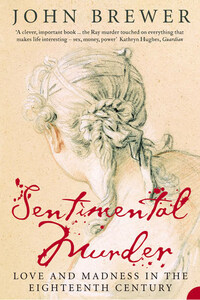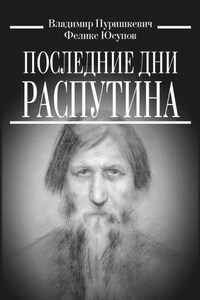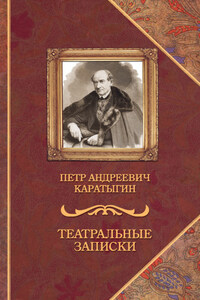Sentimental Murder began life as part of a review I wrote of G. J. Barker-Benfieldâs The Culture of Sensibility and has gone through several transformations before it found its present form. It started out as a more conventional historical account of James Hackmanâs murder of Martha Ray, the mistress of the 4th earl of Sandwich but, in large part because of questions raised in seminars and after lectures, I began to rethink how to tell the story. Iâm especially grateful to Julie Peters for the remarks she made at a talk at Columbia University that brought out starkly (at least to me) the problems about how to handle this particular narrative. Thanks also to others at Harvard, Columbia, CalTech and Yale, for their help in shaping the book. I owe a special debt to my former colleagues at the University of Chicago, notably Jim Chandler, Katie Trumpener, Paul Hunter and Sandra Macpherson, all of whom probably heard the story more times than they cared to. Thanks to Donna Andrew, Claire LâEnfant, Max Novak, Roger Lonsdale, Peter Mandler, Helen Small, Kathleen Wilson, Angela Rosenthal, Martin Levy, Luisa Passerini, John Sutherland, John Wyner and Simon Schama for help, comments and support. Holger Hoock and Clare Griffith both provided invaluable research assistance, setting a high standard for me to follow.
The present Earl of Sandwich and Lady Sandwich generously afforded me access to the 4th Earlâs private papers, gave me lunch and even allowed me briefly to exhibit my more than rusty cricketing skills. I have also to acknowledge the help of the librarian at Dove Cottage, and the kind permission of the Wordsworth Trust to quote from the papers about Basil Montagu in their collections at Dove Cottage, Grasmere. The staff at the Bodleian and Huntingdon libraries, so far apart yet so close in the high quality of their service, have made the research for this book a pleasure. I was fortunate in having a Moore fellowship at the California Institute of Technology, which gave me time to complete the book. Gill Coleridge, my agent, Arabella Pike at HarperCollins and Elisabeth Sifton at Farrar, Straus and Giroux have helped make this a better book by their constant critical support and vigorous editing. Special thanks to Stella, Grace and Lori for their constant support, love and forbearance.
This book is dedicated to the memory of Roy Porter, friend and colleague, who died in 2002. My first conversation with Roy took place in 1967 in the gate-house of Christâs College Cambridge. (We talked about seventeenth-century religion, sleep and his efforts to be a soccer goalkeeper.) Over the next thirty years or more our paths crossed in Cambridge, California and London. When I began this book I naturally turned to him â no one writing about love and madness in the eighteenth century would not have wanted to consult Roy Porter. No man knew more about love and libertinage in both the eighteenth and twentieth centuries. Characteristically, he plied me with references and information, quite a lot of it from his own work. Little did I know, when I began the project, that one of its incarnations would be the first Roy Porter lecture, established to commemorate him. Royâs absence has made me realize just how important he was to so many of us, not just as an endless source of gossip â no conversation was complete without a Porter anecdote â but as someone whose dedication and single-mindedness, expansive commitment to open-minded intellectual inquiry and to the best eighteenth-century values was (a sometimes intimidating) example and inspiration. He is sorely missed.
Sentimental Murder investigates an eighteenth-century killing and attempted suicide. By tracing their changing interpretation over more than two hundred years, I want to explore the relations between history and fiction, storytelling and fact, past and present. I have adopted â and want to connect â two very different perspectives. On the one hand I examine in minute detail the events of a few crucial moments â it cannot have been more than a few seconds â between 11.30 p.m. and midnight on 7 April 1779, when, on the steps of the Covent Garden Theatre in London, a young clergyman, James Hackman, shot Martha Ray, the mistress of the Earl of Sandwich, and then tried to kill himself. On the other I consider a broad panorama that ranges over more than two centuries and is populated by journalists, doctors, novelists, poets, memoir writers, biographers, and historians who have tried to make sense (and sometimes art) out of the killing. My focus then is not just on what happened in 1779 but on the stories told about this event â who told them, how they were told, and what their tellers were up to in telling them.








